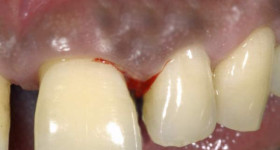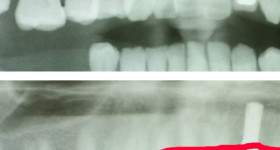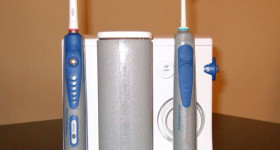A crown/inlay is broken – what needs to be done?
If a crown or an inlay-we are talking about a technical work (because it is made by a technician), brakes it is no longer available for a long term recement.
–
Friction loss between work and tooth/tooth stump is the reason of a loss of technical work.
Friction loss can have many reasons:
1.) Bad polishing
2.) Secondary cavity leads to a crash of walls/tooth stump
3.) Fissures which are innately large-cementfissure due to bad fitting crowns/inlays and thus elution of cement
4.) Root/tooth stump fracture
5.) Combinations of all factors
–
Further cementation can stabilize the crown, but only for a short time:
1.) If a tooth stump is polished badly the cement gup will be overloaded and this will result in a loss of the technical work.
2.) Cavity will not be removed by cementing. Cavity grows steadily until the tooth will rot out.
3.) Cement gets lost on a wrong dimensioned crow.
That´s why a lost crown/inlay must not be re-inserted but re-done. Or..
1.) It must be re-polished for a better fit
2.) The cavity has to be removed
3.) The crown have to be tight
and then a new crown/inlay has to be made!
Make sure you are being informed of all the pros and cons so, please, feel free to ask questions!









